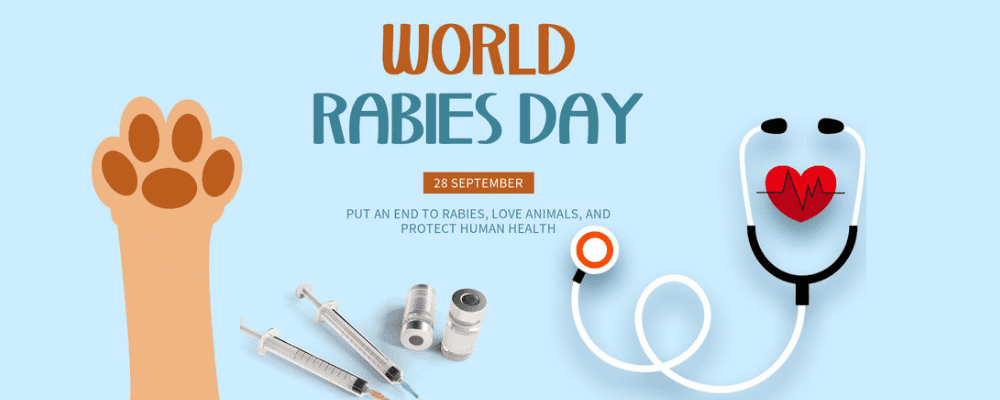World Rabies Day is celebrated annually to raise awareness about rabies prevention and to highlight progress in defeating this horrifying disease. September 28th also marks the anniversary of Louis Pasteur’s death, the French chemist and microbiologist, who developed the first rabies vaccine.
Rabies is present on all continents and affects over 150 countries. The disease is responsible for around 60,000 human deaths worldwide each year, and dogs are the source of infection in most cases of human rabies.
While dogs remain the biggest concern for human rabies exposures globally, other species of wildlife also maintain rabies in many parts of the world. In certain parts of the world, wildlife like bats, foxes, jackals, mongooses, skunks, and others transmit rabies regardless of the presence of rabies in dogs. In the United States, the most common source of human exposure is from cats.
How CDC is making a difference
The Center for Disease Control (CDC) partners globally to enhance rabies prevention, tracking, and control in both humans and animals. CDC provides training programs to help improve diagnostic testing, surveillance, and dog vaccination campaigns.
CDC also prioritizes educating communities so that they can identify rabies symptoms and respond to animal bites. This is very important because rabies is virtually 100% fatal to animals and people who get infected unless they are treated before symptoms develop.
In the last few months alone, Brevard County had two cases of a rabies infected animal. This is why it is so important to make sure your dog and cat are up to date on their rabies vaccination.
Today, safe and efficacious animal and human vaccines are among the important tools that exist to eliminate human deaths from rabies while awareness is the key driver for success of communities to engage in effective rabies prevention.
